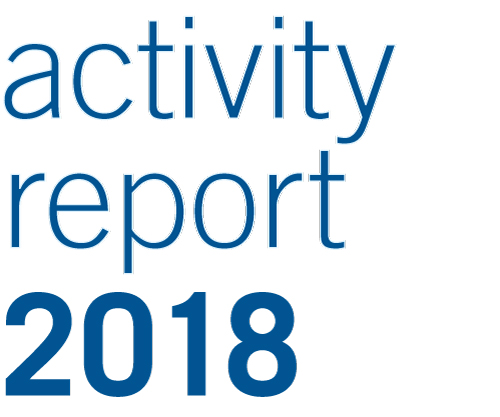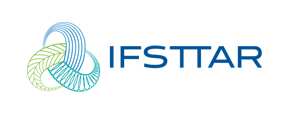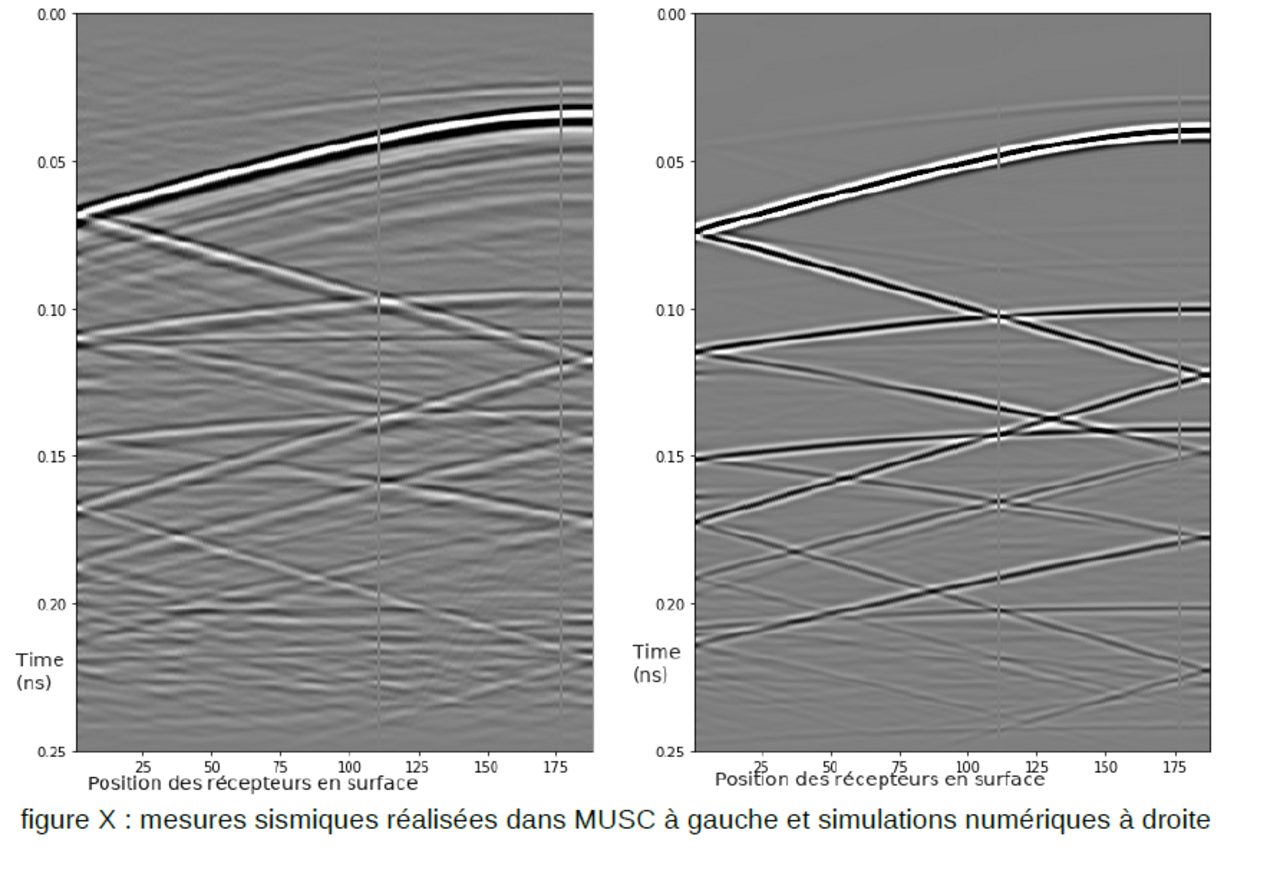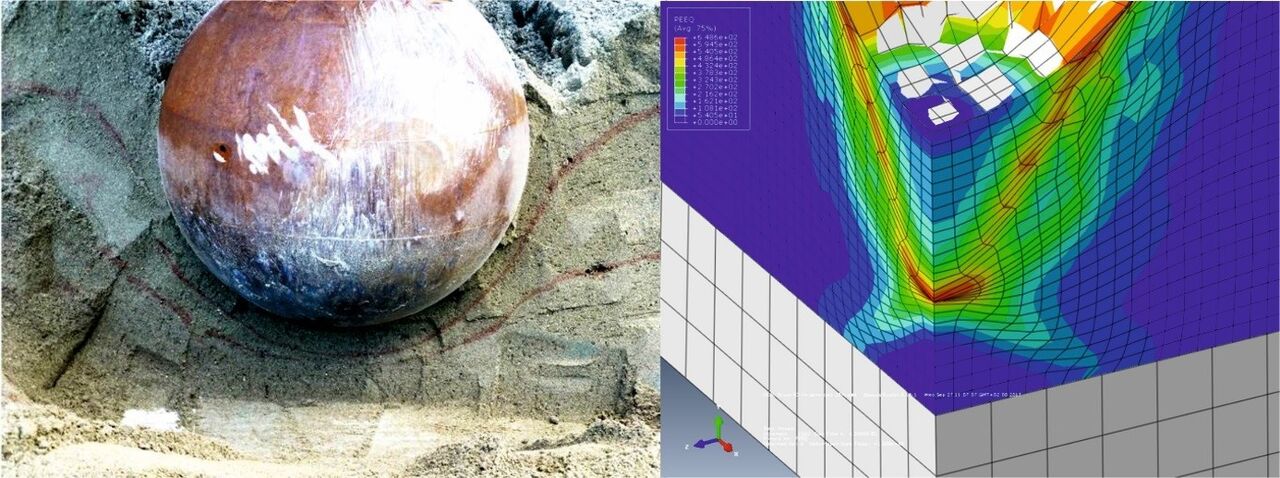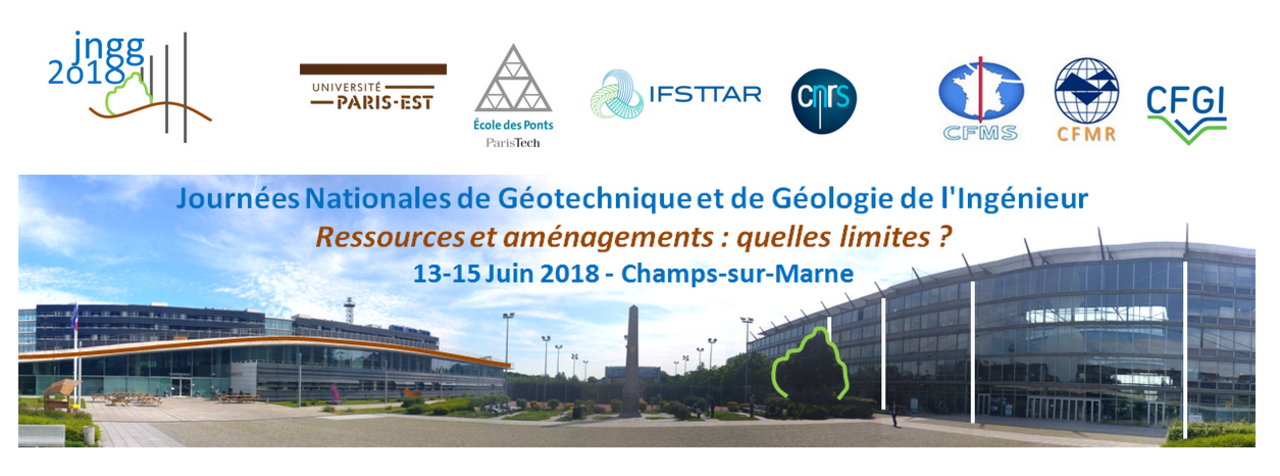Foreseeing natural and climate risks
To address this theme which is part of Goal 7 in Theme 3, research takes into account seismic risk. This is well illustrated by the Co-Quake project, which aims to explore an alternative way of avoiding earthquakes by inducing controlled low magnitude earthquakes.
IFSTTAR is also notable for its cutting-edge research on the quantitative characterisation of the subsoil and infrastructure? The ANR HIWAI project addresses this issue, both to help create sites for new technology (onshore or offshore wind power) or to monitor sites, structures or areas with high human impact.
Current events remind us that protecting infrastructure from rockfalls is still a central subject for IFSTTAR teams and the Montagnole rockfall station (38) has once again been used to test the behaviour of sands under low speed impact loading with an application to the dimensioning of soil layers that protect structures from rock impacts. It should be noted that this research received recurring financial support from the DGPR in order to perform the tests and analyse the results and that a thesis was defended in December 2018 on this subject.
From the point of view of scientific events, IFSTTAR is regularly the setting for high-level meetings bringing together a large number of researchers and practitioners. In 2018, the Ninth National Geotechnical and Engineering Geology Days (JNGG) were held at the Marne-la-Vallée site from 13 to 15 June 2018. The theme of these days, "Resources and facilities, what are the limits?" perfectly illustrated current concerns, highlighting the need for any human action that involves exploiting resources or developing and building new infrastructure to respect certain limits in order not to pose an irreversible threat to the ecosystem.
CoQuake (Controlling earthquakes)
A team of young researchers led by IFSTTAR's Ioannis Stefanou (from the Geotechnical Engineering Team at the Navier Jointly-Managed Research Unit) obtained funding from the European Research Council in 2018 for an ERC Starting Grant project known as CoQuake. The project proposes to explore an alternative and innovative way of avoiding catastrophic earthquakes by causing smaller, controlled, earthquakes. Earthquakes are natural phenomena linked to the plate tectonics and they cannot be avoided. The CoQuake project will demonstrate that they can be controlled to reduce their impacts on assets and people. CoQuake goes beyond the current state of the art by proposing innovative approaches to evaluate the effects and consequences of various techniques for activating seismically active faults.
The project is based on the development of large-scale spatial simulations of fault systems, based on behavioural laws derived from micromechanical simulations of grain interfaces, taking into account thermo-hydro-chemo-mechanical coupling (THMC). The aim is to eliminate the need to use ad-hoc empirical behavioural laws that require calibration. A pioneering experimental programme, based on the design and construction of a new metric-scale measurement device, will test the validity of the CoQuake project's hypotheses and the feasibility of predicting the behaviour of sliding surfaces using the proposed modelling approach.
The HIWAI Project
In the context of energy transition and climate change, there is a growing need for the characterisation and quantitative imaging of the subsoil and infrastructure, whether it is to help create sites for new technology (onshore or offshore wind power) or to monitor sites, structures or areas with high human impact (dikes, classified sites, risks related to urban environments, etc.). Full Waveform Inversion (FWI), which considers the entire seismic wave field to accurately reconstruct the parameters of the environment, has been successfully applied in deep prospection for hydrocarbons. However, the method is currently based on local optimisation. This means that it is very difficult to implement for near-surface environments for reasons to do with pre-existing information and the non-unique nature of the solution.
Faced with these difficulties, the ANR HIWAI project (led by Yann Capdeville, from the Laboratoire de Planélogie et Géodynamique at the University of Nantes) proposes an innovative alternative approach that applies a 2-step process "by inversion of the homogenised model and downscaling": the first is based on the result of waveform inversion of a homogenised model at the scales of the propagated wavelengths and the second is based on inversion by global optimisation of the reconstructed parameters to obtain a model that can be interpreted in terms of the parameters sought for the targeted applications. IFSTTAR's activities within the HIWAI project aim to test and modify the approach with regard to feasibility and robustness to measurements on the basis of reduced-scale experimental developments using the MUSC measurement rig. The first step consists of testing the methodology on non-attenuating media using 2D emission protocols. To do this, 2018 provided an opportunity to design the first aluminium models containing a vacuum based on digital tests, to manufacture the models, to carry out measurements and to analyse the recorded signals by comparing them with the digital simulations. The Figure shows the results of measurements on the left and numerical simulations on the right from a source line. The various seismic echoes recorded are used to reconstruct the parameters of the deep environment.
The behaviour of sands under low speed impact loading - Application to the design of soil layers protecting structures from rock impacts
The use of a layer of sand to protect a structure from rock impacts is a time-honoured technique. However, we still know little about its capacities and limitations. A campaign of instrumented experimental tests has been conducted to characterise the spatio-temporal distribution of the pressure generated at the interface between the protective soil layer and the structure, under various impact configurations characterised by sand thickness (D), equivalent boulder diameter (B, or its mass) and free fall height (H, or impact velocity). The full-scale tests were conducted at the IFSTTAR station in Montagnole.
The experimental parametric study included 43 tests, incorporating different values of D, B and H which were comparable to those encountered in practice, up to a mass of 7.5 t at a speed of 90 km/h, impacting a 2 m thick layer of sand protecting a reinforced concrete slab. Analysis of the tests made it possible to establish an expression for the spatio-temporal distribution of the pressure generated at the ground-structure interface during an impact. The parameters of this expression are specific to the nature and compaction of the protective sand. In the case of the size and impact velocity of the boulder determined by the hazard study, the dynamic design of the structure can be performed based on a pressure pulse generated by the model that passes through the protective soil layer.
Ninth National Geotechnical and Engineering Geology Days (JNGG) jointly organised by ENPC and IFSTTAR
Under the aegis of the French Committees for Soil Mechanics and Geotechnical Engineering (CFMS), Rock Mechanics (CFMR) and Engineering and Environmental Geology (CFGI), the Ecole des Ponts ParisTech and IFSTTAR hosted the Ninth National Geotechnical and Engineering Geology Days (JNGG) from 13 to 15 June 2018 in Champs-sur-Marne. These days were organised by the Navier Laboratory (CERMES - the Geotechnical Engineering Team) and the GERS department (SV and SRO laboratories). The theme was "Resources and facilities, what are the limits?" The concept of limit includes that of risk - natural or anthropogenic - and the acceptability of projects to the population, and highlights the need to go beyond current practices and knowledge in order to optimise projects. It therefore implies the essential concept of innovation that must guide the directions taken by our disciplines, whether in research and teaching institutions, design offices or contractors. As in previous years, these days also hosted a technical exhibition for the various members of the profession.
